Bruce_h
TPF Noob!
- Joined
- Mar 8, 2008
- Messages
- 28
- Reaction score
- 0
- Can others edit my Photos
- Photos OK to edit
Hi there, I was out today setting up for a snow cross race and it was really sunny out. We tried a couple practice runs and I tested out my new 40D for the first time really today and I seem to have trouble getting the shot right.

ISO 800, f/16, 1/2500 Canon 40D 70-200mmL IS USM lens
I couldn't see very well on my LCD because it was so bright so I didn't find out til I processed them that they didn't turn out as well as I thought. It is underexposed, but my concern is if I exposed it a little more that the snow would be overexposed and leave my subject dark still.
I just learnt how to use the light meter the other day (reading Understanding Exposure, not quite done, but helpful book), and it said before I took the shot that it was correct so what did I do wrong?
We are doing the same thing tomorrow with same conditions, so any info would be appreciated on how to get both the subject and the bright background exposed properly.

ISO 800, f/16, 1/2500 Canon 40D 70-200mmL IS USM lens
I couldn't see very well on my LCD because it was so bright so I didn't find out til I processed them that they didn't turn out as well as I thought. It is underexposed, but my concern is if I exposed it a little more that the snow would be overexposed and leave my subject dark still.
I just learnt how to use the light meter the other day (reading Understanding Exposure, not quite done, but helpful book), and it said before I took the shot that it was correct so what did I do wrong?
We are doing the same thing tomorrow with same conditions, so any info would be appreciated on how to get both the subject and the bright background exposed properly.



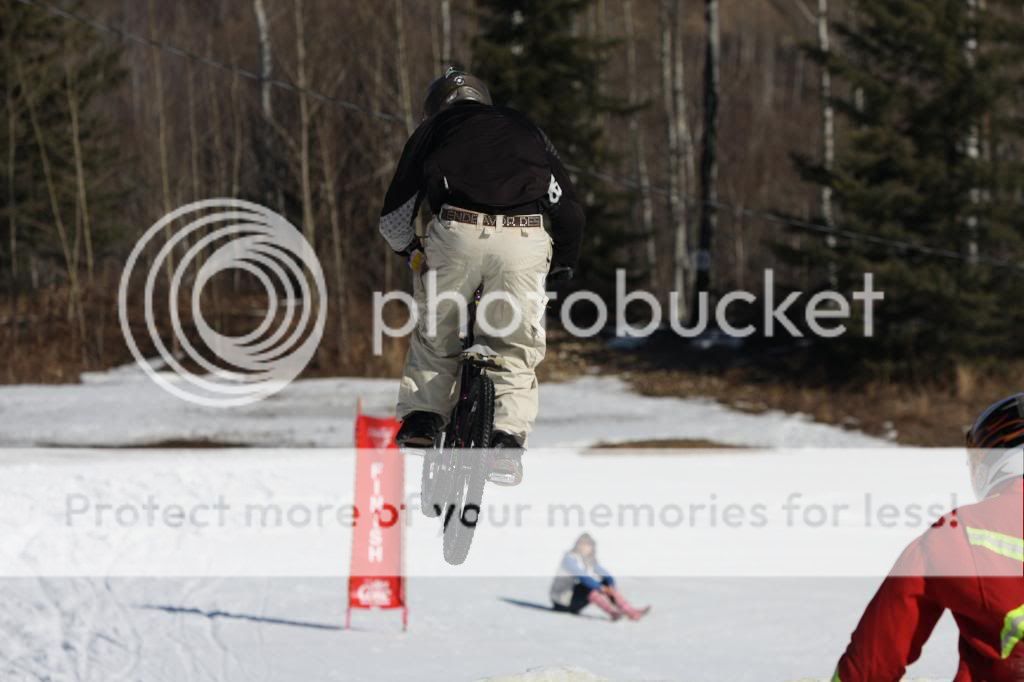

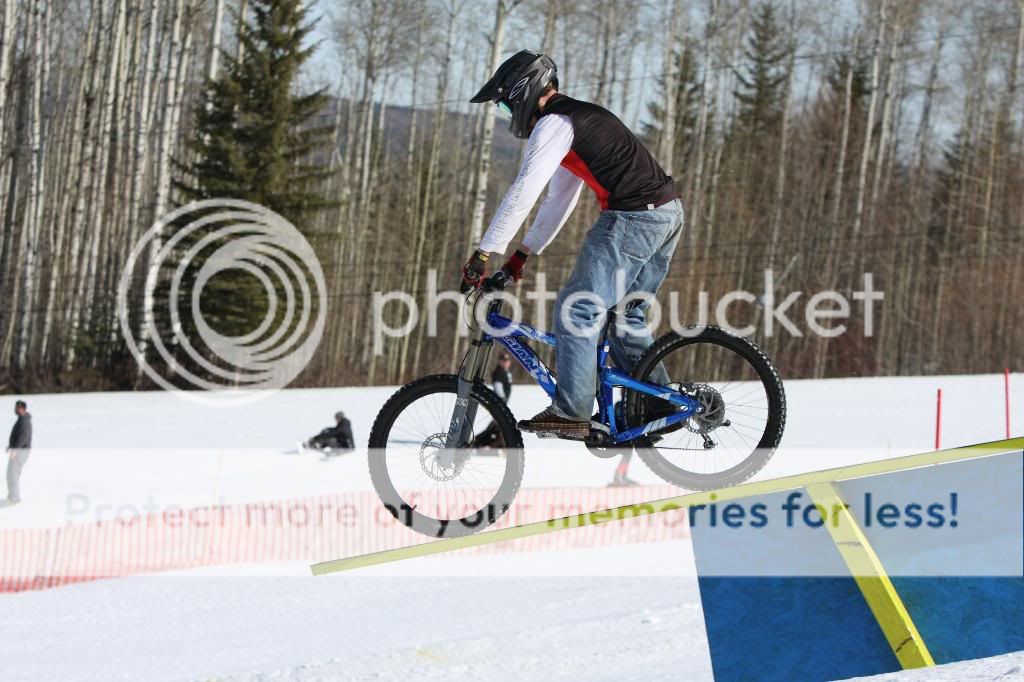





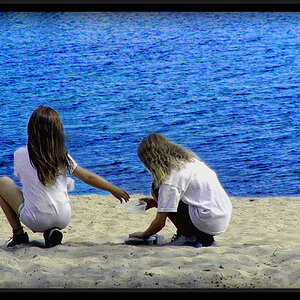
![[No title]](/data/xfmg/thumbnail/37/37525-e6d8ac7dbf90f97648e351449fc9330f.jpg?1619738130)

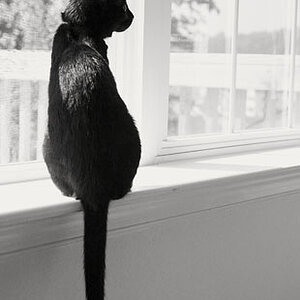
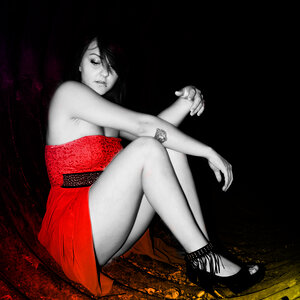
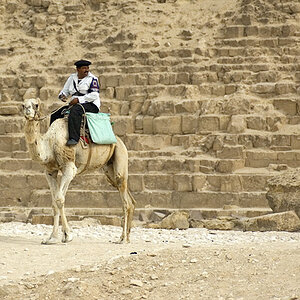
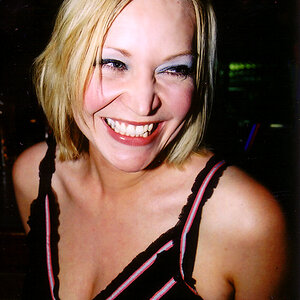

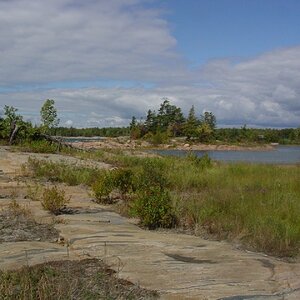
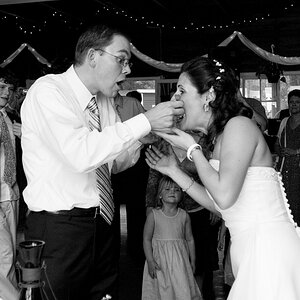
![[No title]](/data/xfmg/thumbnail/37/37528-9e874fc2fc9aad7c13c894c1439dcc10.jpg?1619738130)